Powerful Folk Medicine Remedies That Are In Your Backyard
Herbal medicine is an ancient science that is often taken for granted. It is one of the most natural ways to support and heal the human body. Herbs are powerful and can help with everything from getting rid of a fever to treating a chronic health condition. Unfortunately, humans have lost touch with nature and unless a medicine is bought from a store and has a label with instructions, it is often overlooked. The good news is that a degree in herbal medicine is not necessary to make the most out of the healing herbs growing in yards today. These are a few of the most common herbs and weeds that will keep anyone’s personal apothecary stocked up.
1. Dandelion
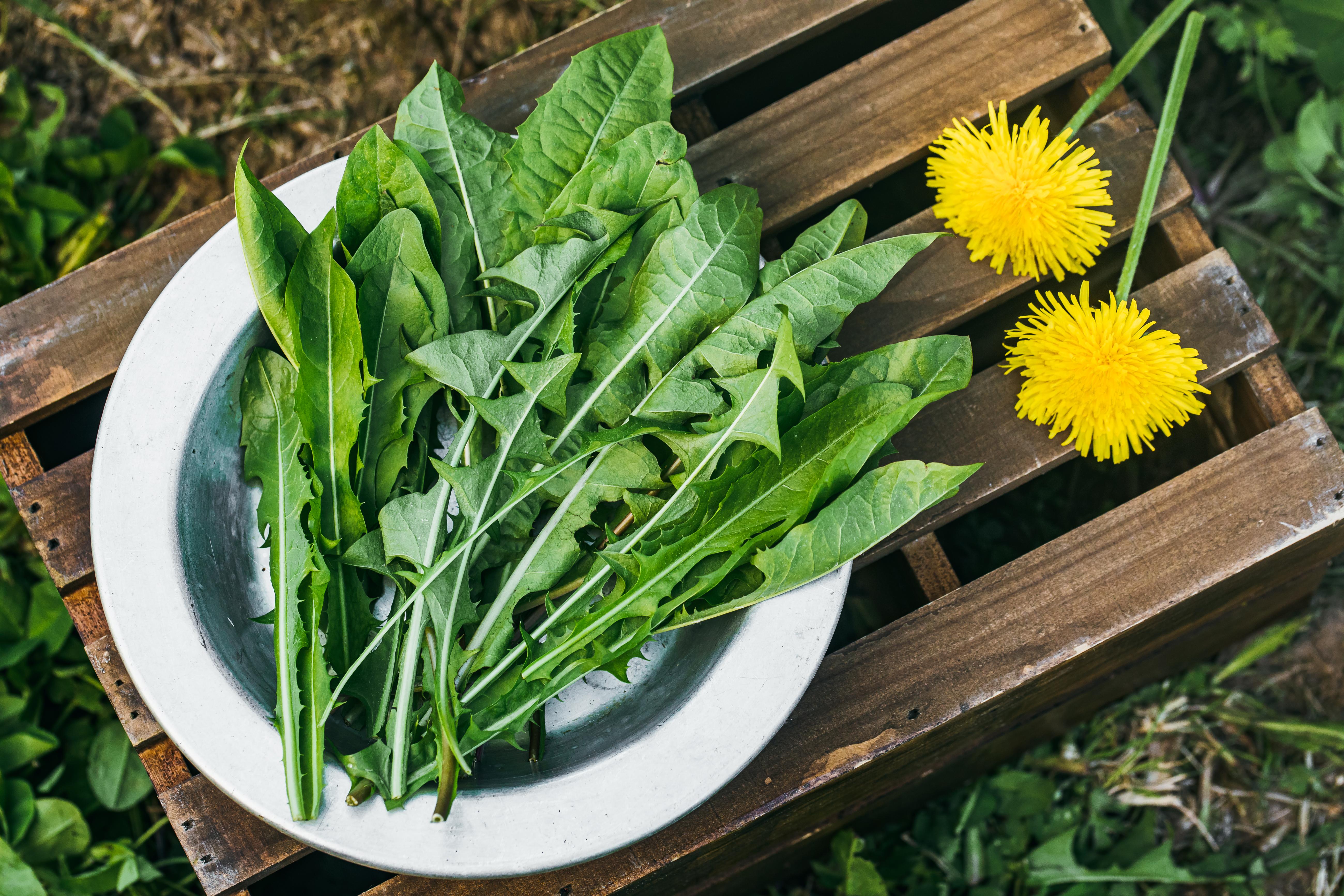
Every part of this common weed is edible and is full of a lot of nutritional and health benefits. It contains high levels of vitamins A and C, making it an excellent addition to any spring salad or green juice. Well known for its detoxification properties, it is most commonly used to jump-start a detox. It is important to note that this nutritional powerhouse retains many of its beneficial nutrients when stored cold. It is best to prep dandelion and keeps it in the freezer for smoothies.
2. Linden Blossom
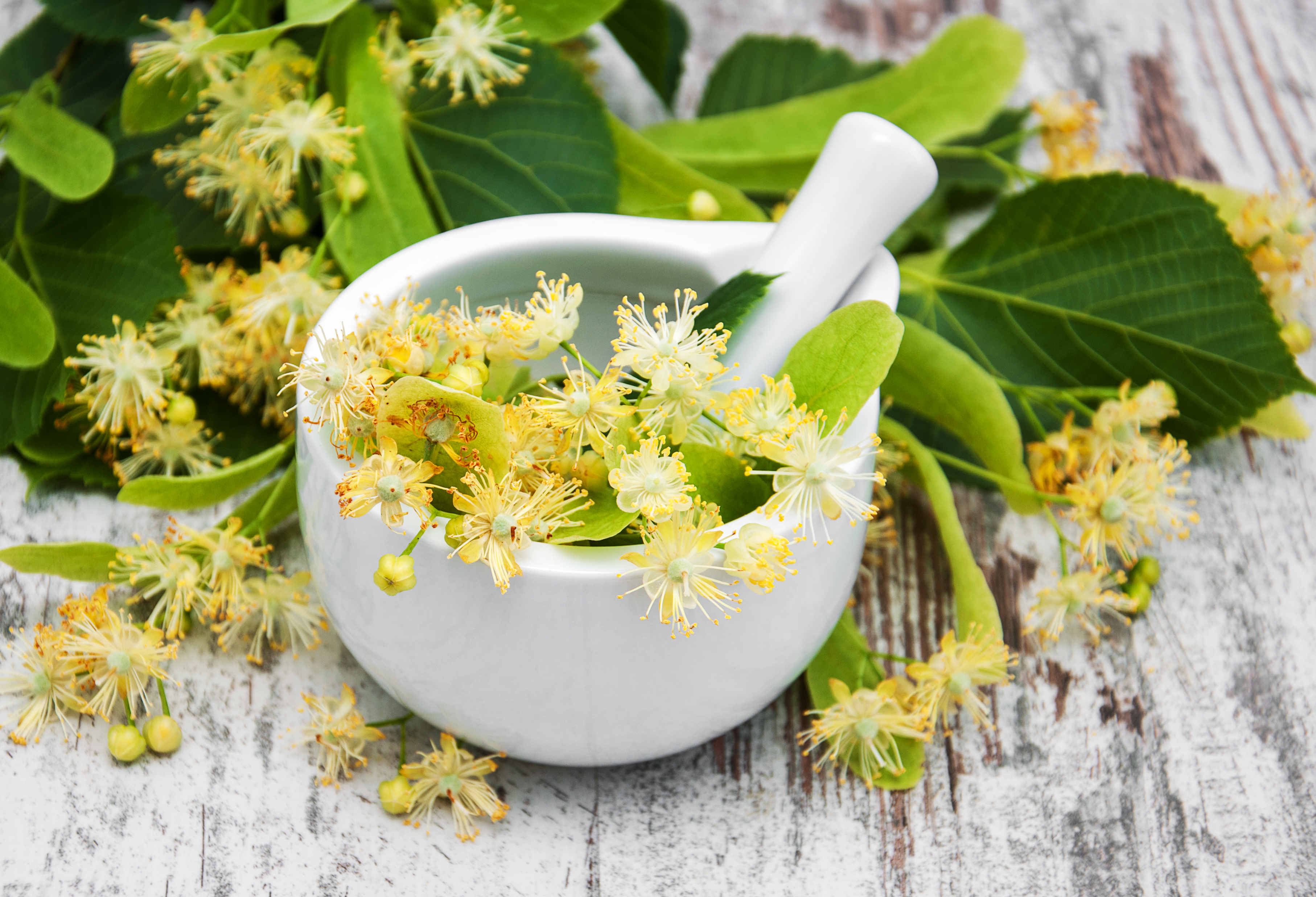
Linden Blossom tea is most commonly associated with having a fever and being ill with the flu due to that fact that it contains mucilage. Mucilage is a sticky substance that helps soothe irritated membranes in the mouth or throat, resulting in a decrease in mucus production. In folk medicine, it is used to activate excessive sweating that quickly gets rid of toxins in the body. Linden blossom tea is ideal for combatting stress, anxiety and promoting overall relaxation. Although it has been around for centuries, linden blossom remedies are only now starting to gain more support in the modern world.
3. Blackcurrant
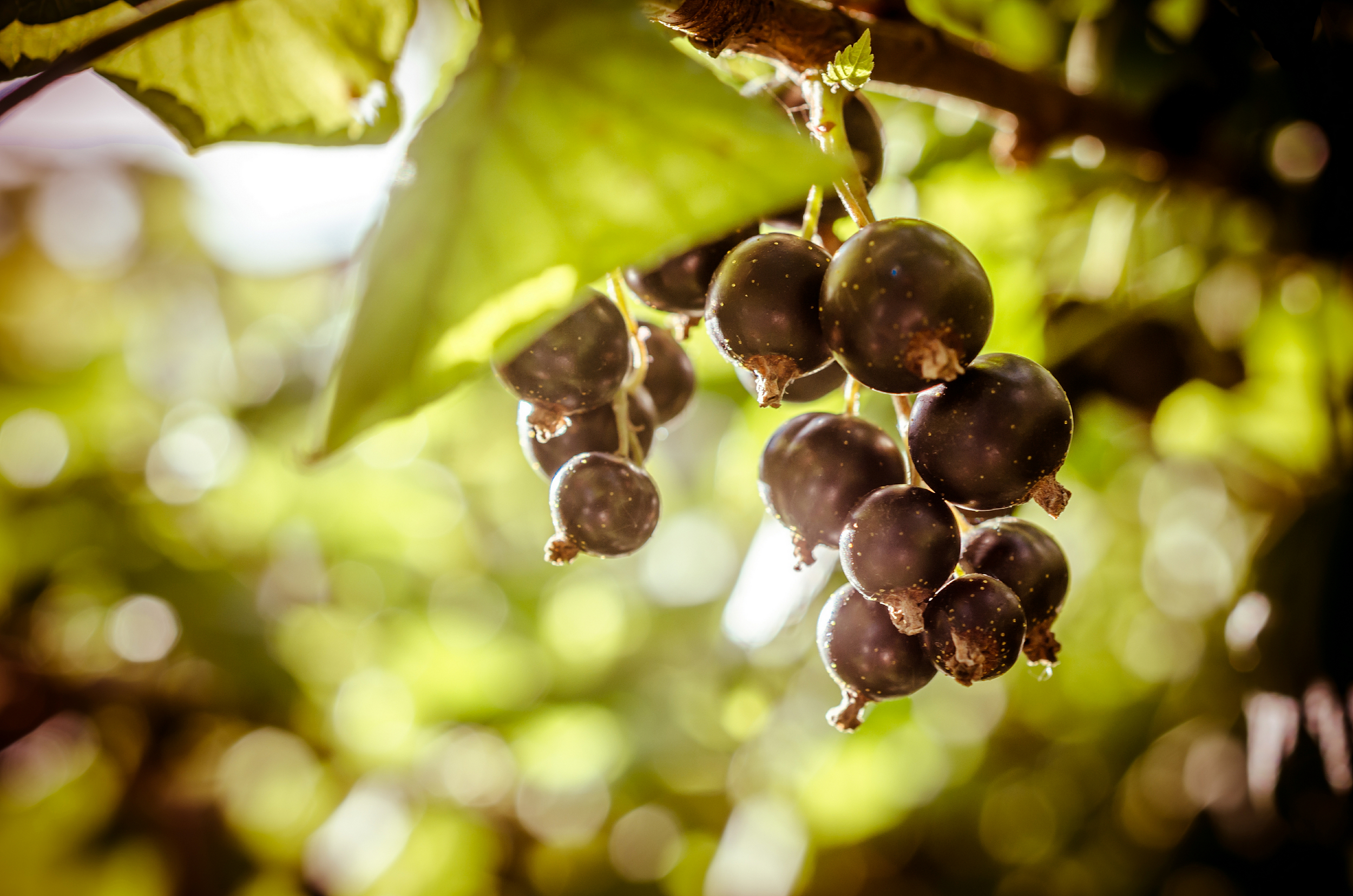
This tiny tart berry is such a nutritional powerhouse that it can be easily compared with the popular superfruit goji berry. It is packed with vitamins, minerals, and fiber and even contains a considerably higher amount of vitamin C than goji berries themselves. They also consist of elevated levels of anthocyanins and polyphenols, which aid in boosting cognitive function, supporting the immune system, reduction of heart disease and promote healthy bacteria in the gut. Foraging and eating berries fresh is the best way to enjoy blackcurrants. Saving and freezing the berries for the winter months is helpful as well.
4. Nettle
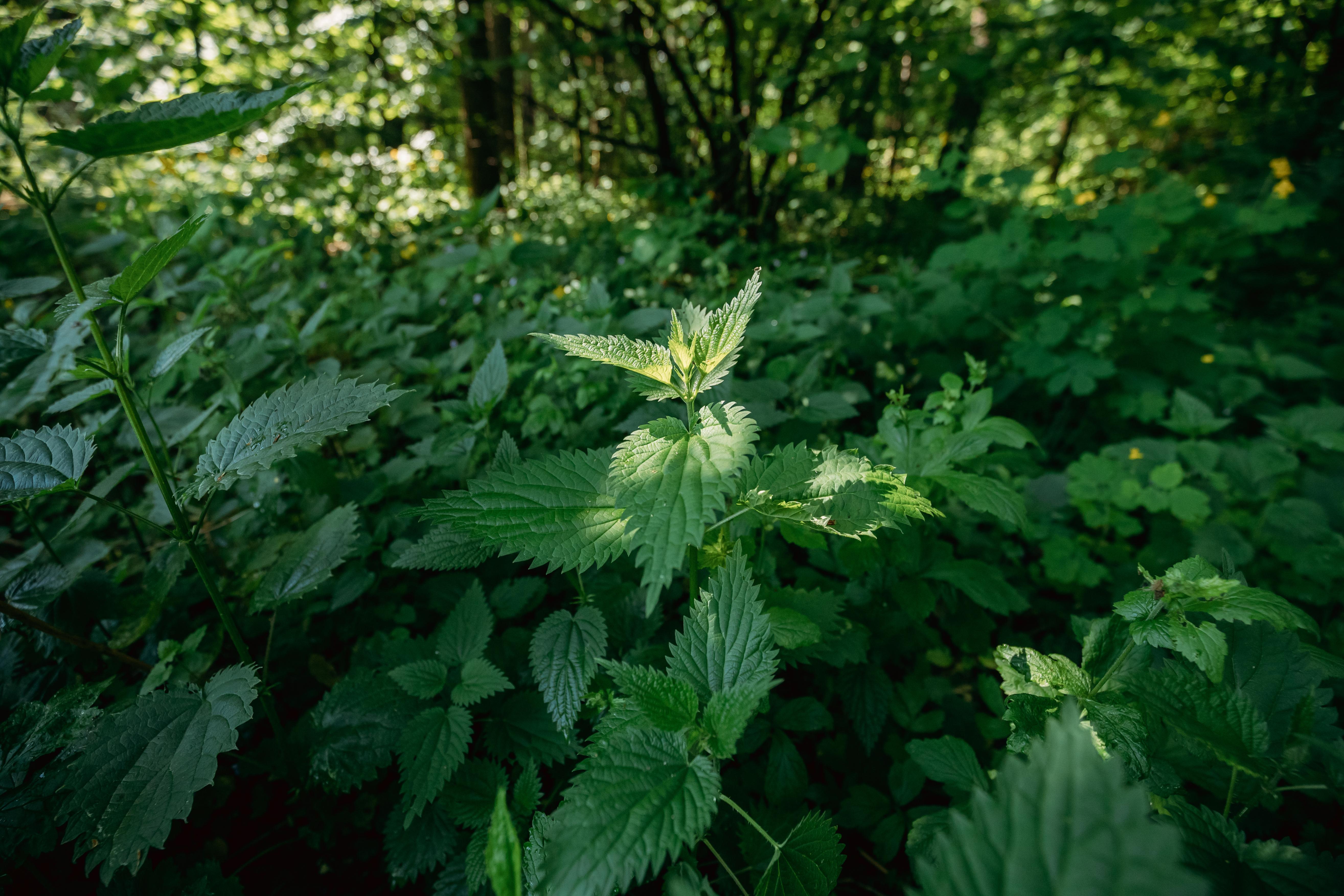
Egyptians and Greeks were avid users of nettle and had up to sixty-one different preparations for nettle remedies. In other words, nettle's medicinal use is as old as humanity itself. Today, nettle is reclaiming its medicinal effectiveness, as its benefits for osteoarthritis and joint pain are becoming well known. This bountiful herb, which can be typically found in most yards, also works as a potent antihistamine and anti-inflammatory for quite a few health concerns such as fever and even eczema. This plant is mostly consumed as tea, however, juicing the leaves and adding the juice to a smoothie for that extra boost is becoming more popular.
5. Raspberry Leaf

The most famous part of this plant is, of course, the raspberry berries. However, the raspberry leaf is a great go-to herb for women in any phase of their life. It is mostly recognized for its benefits during pregnancy such as aiding the mother's immune system, easing morning sickness and promoting better circulation. Taking it as a supplement helps strengthen the uterine muscles and tone the pelvic floor in preparation for birth, as well as assist with breast milk supply. It also aids in premenstrual syndrome symptom relief, endometriosis, and fertility support. During flu season, the raspberry leaf tea is a delicious herbal tonic that it is jam-packed with vitamin C and antioxidants to support a quick recovery.
6. Yarrow
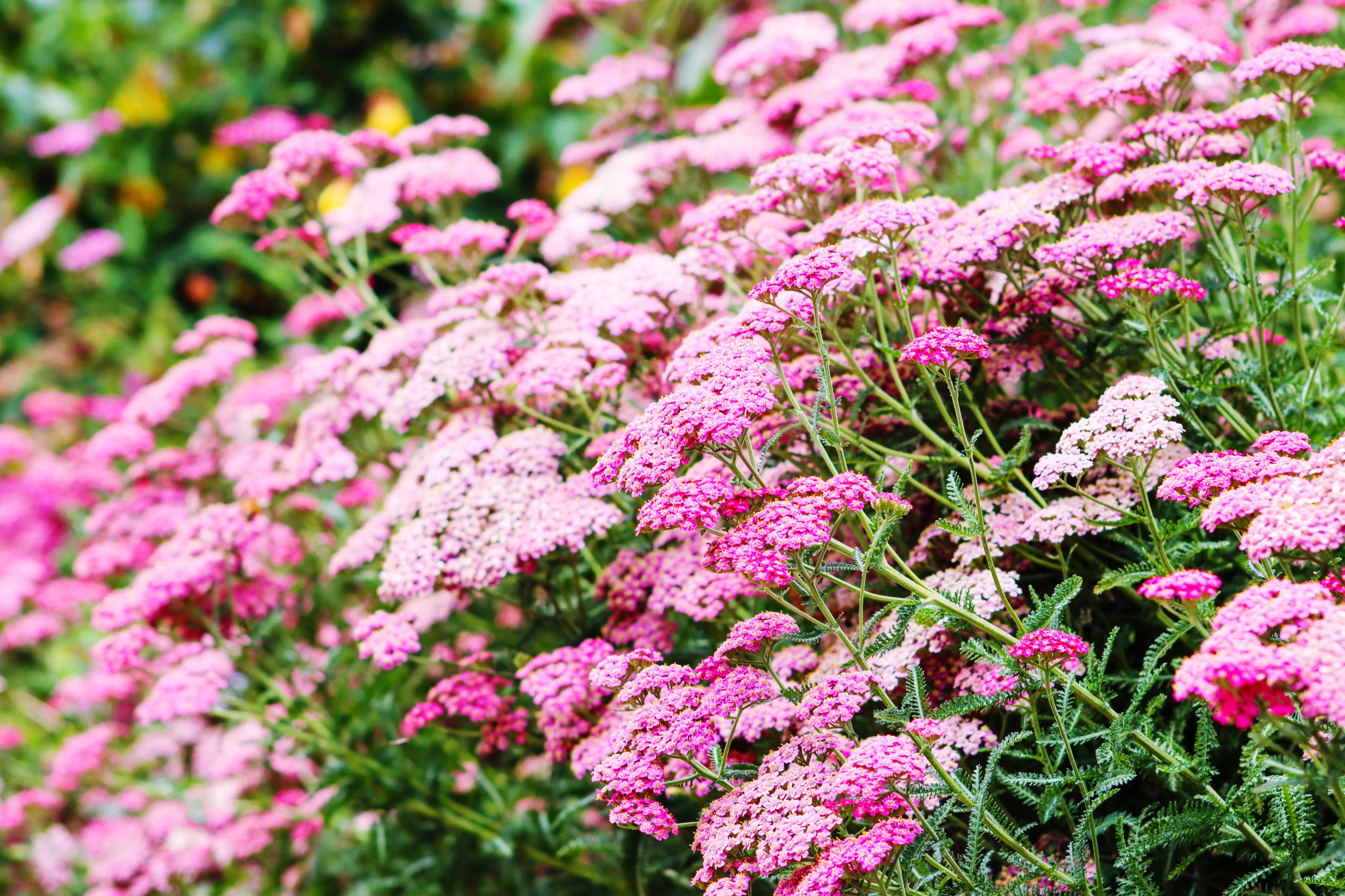
Often found in meadows and along roadsides, Yarrow is much more than just a pretty white flower. Historically, it's been a battlefield hero, earning the nickname "woundwort" for its impressive ability to staunch bleeding – a property attributed to its rich content of compounds like achilleine, which promotes blood clotting. Beyond cuts and scrapes, yarrow also shines as a potent fever reducer, encouraging healthy sweating to release toxins. Its anti-inflammatory properties make it a go-to for easing cold and flu symptoms, while a soothing tea brewed from its leaves can calm digestive upset. Keep this versatile herb in mind for your natural first-aid kit and winter wellness arsenal.
7. Plantain
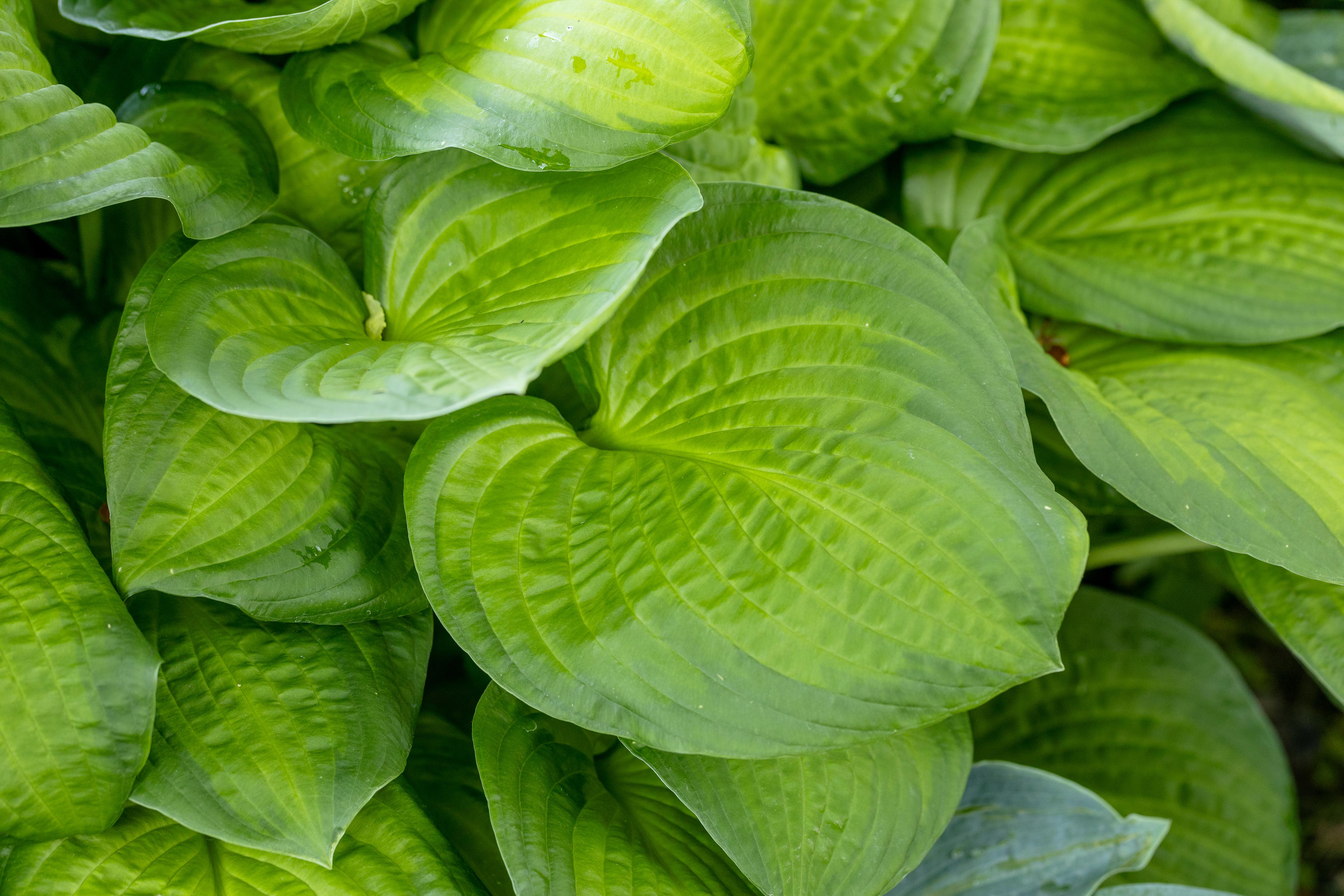
No, not the banana-like fruit, but the common "weed" found in nearly every lawn: Plantain (specifically broadleaf plantain). This unassuming plant is a powerhouse for skin healing. Its leaves, when crushed or chewed into a poultice, are incredibly effective at drawing out venom from insect bites (think mosquitos, bees, even spiders!) and soothing the sting of nettles. It's also a fantastic anti-inflammatory and antiseptic, making it ideal for minor cuts, scrapes, and bruises. Drinking plantain leaf tea can also help with digestive issues and reduce irritation in the respiratory tract. Don't underestimate this backyard healer; it's a true natural remedy for everyday boo-boos.
8. Chickweed
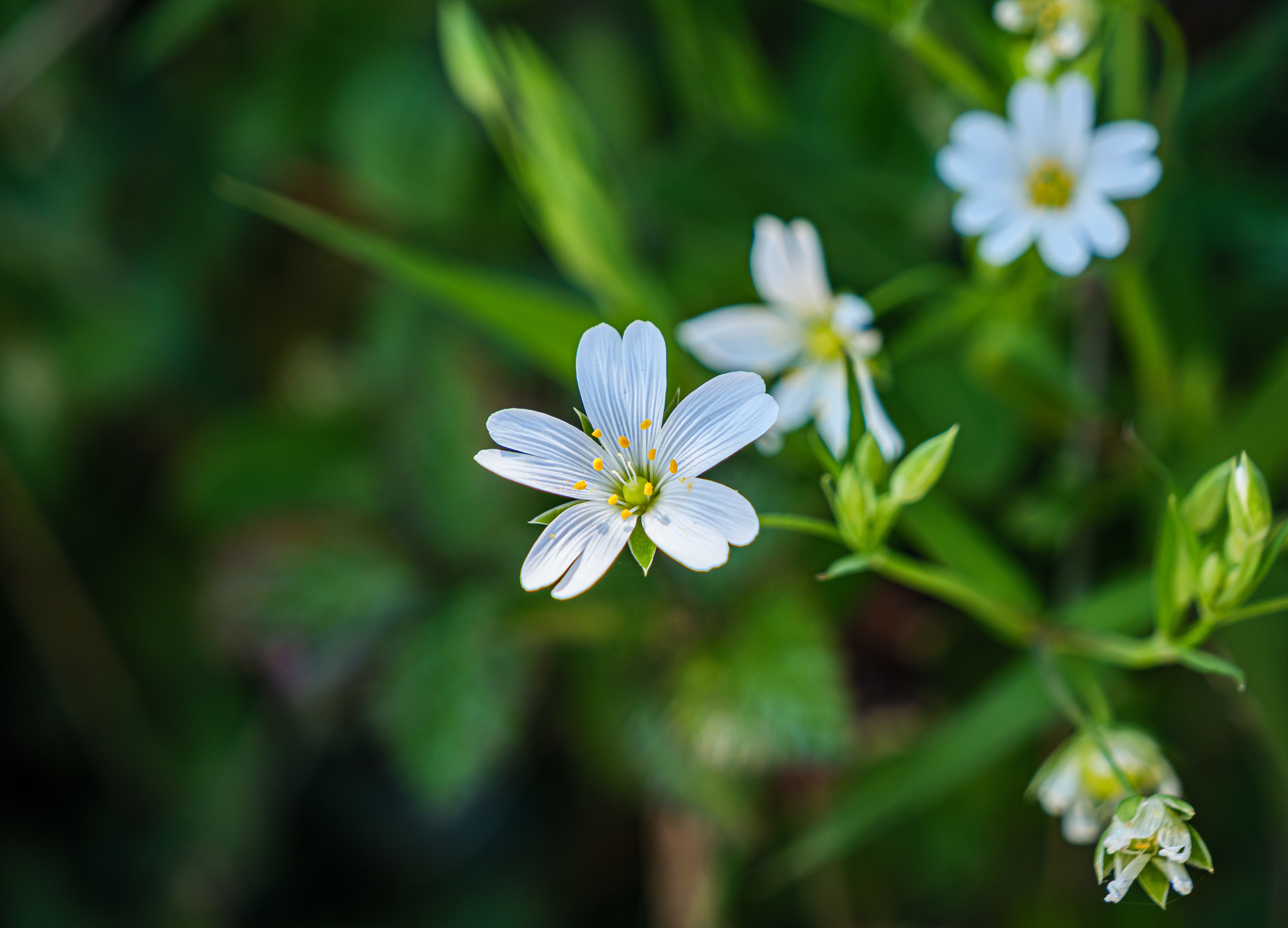
This delicate, sprawling plant, often seen as a garden nuisance, is actually an edible and medicinal marvel: Chickweed. Bursting with vitamins (especially C and B), minerals, and antioxidants, it's a nutritious addition to salads and smoothies. Medicinally, chickweed is famous for its cooling and soothing properties, making it an excellent remedy for skin irritations like eczema, psoriasis, and itchy rashes – simply crush the fresh leaves and apply directly, or infuse them in oil for a calming balm. It also acts as a gentle diuretic, aiding in detoxification, and can help alleviate joint pain. Embrace this humble "weed" for its surprising health benefits.
9. St. John's Wort
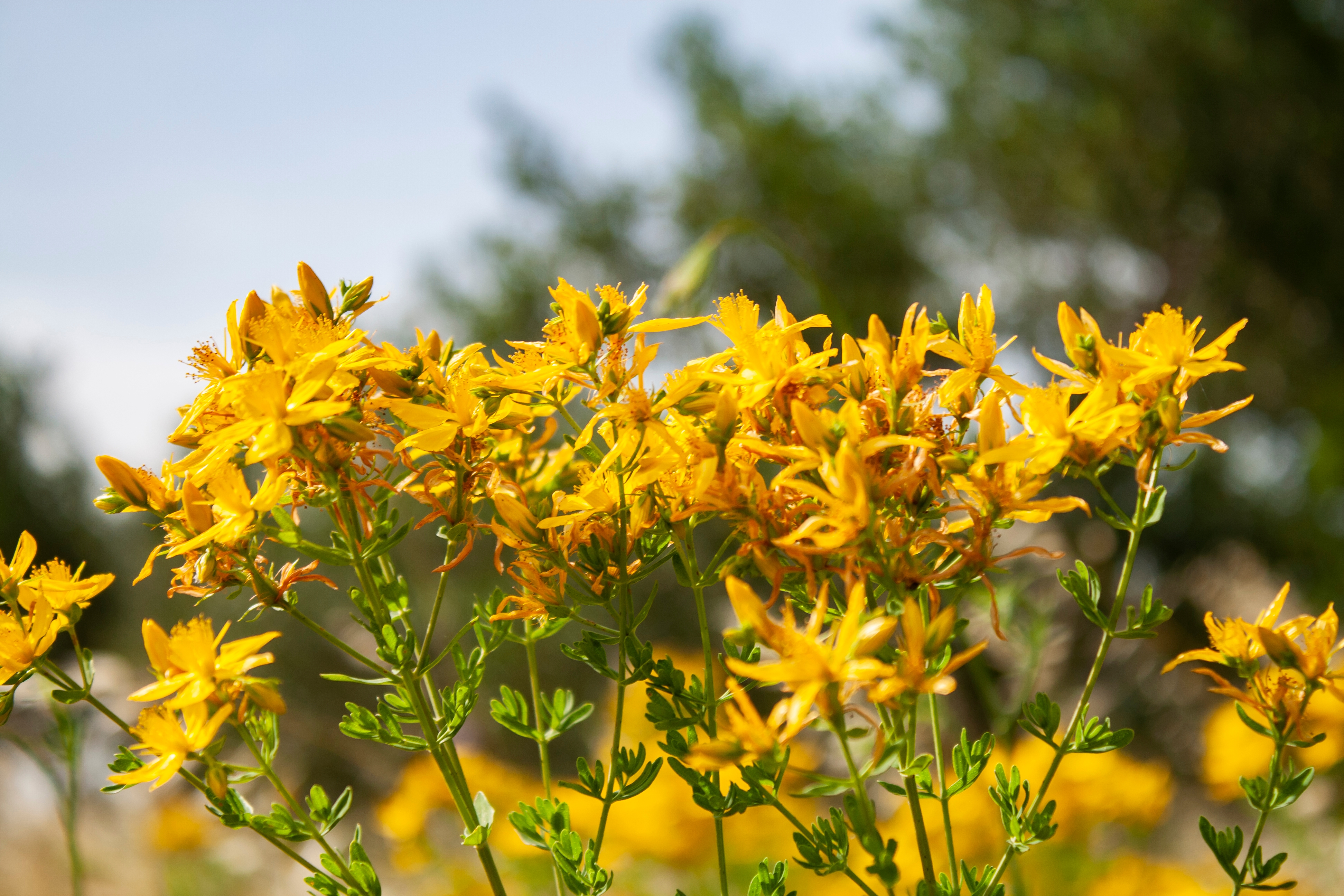
While widely recognized for its mood-boosting properties, St. John's Wort (Hypericum perforatum) offers a range of lesser-known benefits that make it a valuable addition to a natural apothecary. Beyond its well-researched use for mild to moderate depression and anxiety, this sunny yellow flower is a remarkable nerve tonic, often used topically to soothe nerve pain from conditions like sciatica or carpal tunnel syndrome, and even help heal minor burns. Its antiviral properties are also gaining attention, particularly for fighting certain viral infections. Remember to consult a healthcare professional, as it can interact with certain medications.
10. Self-Heal
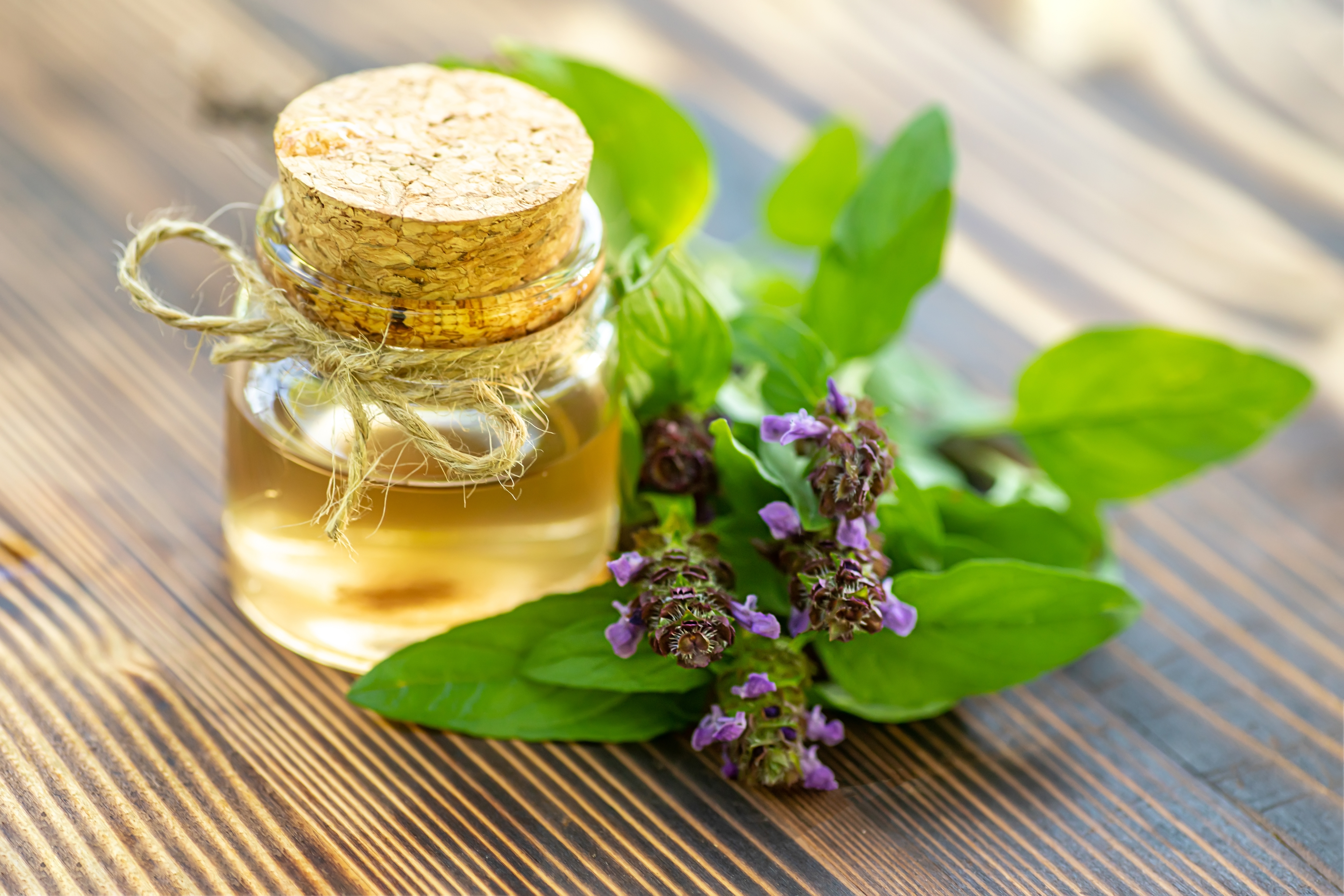
As its name suggests, Self-Heal (Prunella vulgaris) is a remarkable herb dedicated to the body's repair. This small, often overlooked plant has been traditionally used across various cultures to mend a wide array of ailments. It’s a powerful astringent, making it excellent for wound healing, reducing swelling, and soothing sore throats and mouth ulcers when used as a gargle. Its antiviral and antibacterial properties also lend it a role in fighting off infections. Whether brewed into a restorative tea or applied externally as a compress, Self-Heal truly lives up to its name, offering robust support for your body's natural healing processes.
As you can see, the path to supporting your health often lies just beyond your doorstep, nestled within the very plants we sometimes dismiss as "weeds." By understanding the incredible power held within common herbs like yarrow, plantain, chickweed, St. John's Wort, and self-heal, you can begin to cultivate a deeper connection with nature's pharmacy. These plants aren't just fascinating relics of ancient medicine; they are living, breathing remedies offering accessible, natural solutions for everything from minor cuts and insect bites to boosting your mood and supporting your body's innate healing capabilities. So, next time you step outside, take a moment to look closer – your personal wellness toolkit might be growing right beneath your feet.